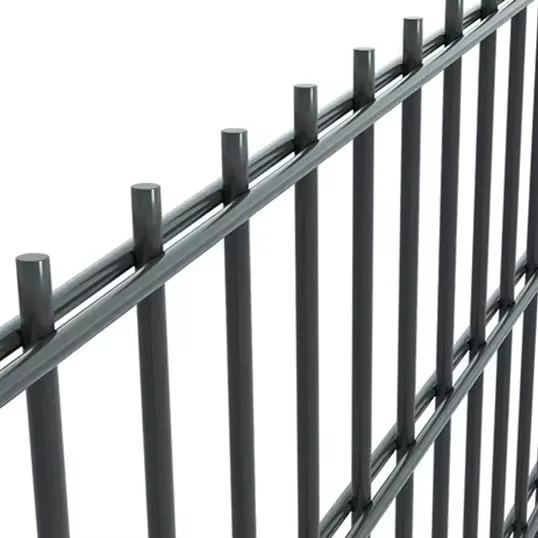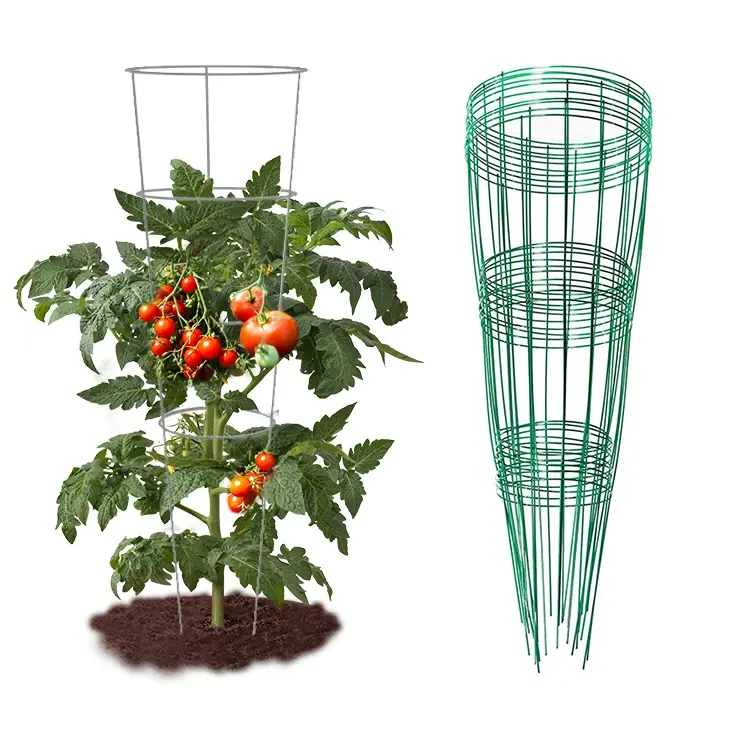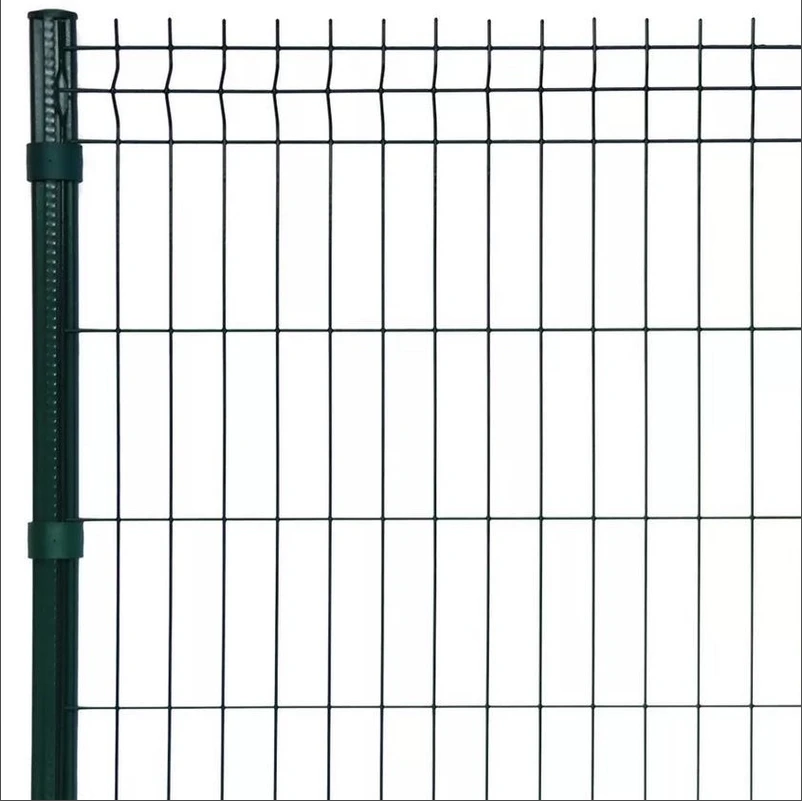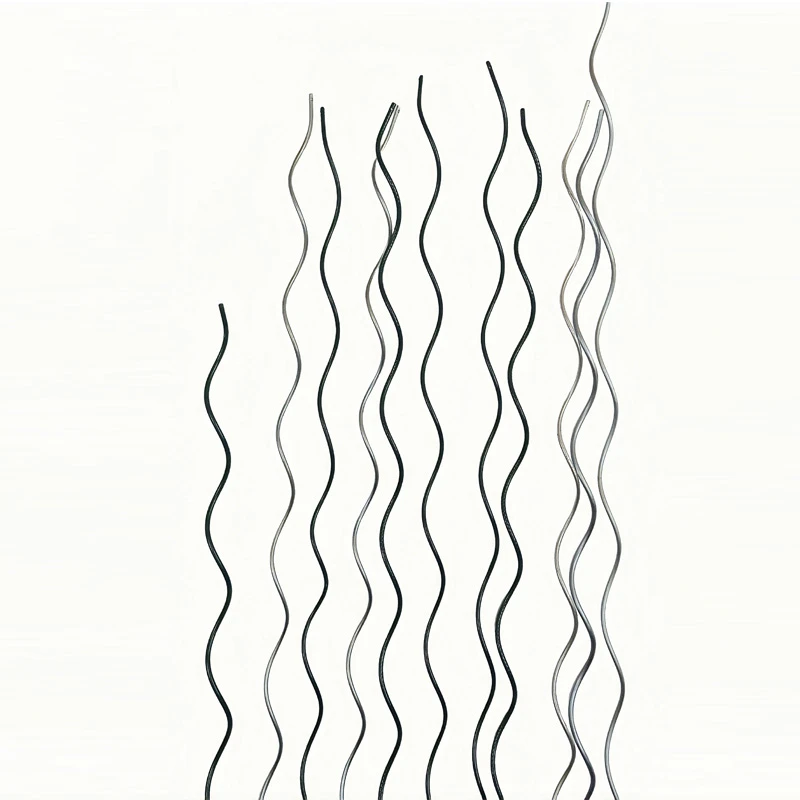-

-
 Whatsapp:+86 17732187393
Whatsapp:+86 17732187393 -


- Afrikaans
- Albanian
- Amharic
- Arabic
- Armenian
- Azerbaijani
- Basque
- Belarusian
- Bengali
- Bosnian
- Bulgarian
- Catalan
- Cebuano
- Corsican
- Croatian
- Czech
- Danish
- Dutch
- English
- Esperanto
- Estonian
- Finnish
- French
- Frisian
- Galician
- Georgian
- German
- Greek
- Gujarati
- haitian_creole
- hausa
- hawaiian
- Hebrew
- Hindi
- Miao
- Hungarian
- Icelandic
- igbo
- Indonesian
- irish
- Italian
- Japanese
- Javanese
- Kannada
- kazakh
- Khmer
- Rwandese
- Korean
- Kurdish
- Kyrgyz
- Lao
- Latin
- Latvian
- Lithuanian
- Luxembourgish
- Macedonian
- Malgashi
- Malay
- Malayalam
- Maltese
- Maori
- Marathi
- Mongolian
- Myanmar
- Nepali
- Norwegian
- Norwegian
- Occitan
- Pashto
- Persian
- Polish
- Portuguese
- Punjabi
- Romanian
- Russian
- Samoan
- scottish-gaelic
- Serbian
- Sesotho
- Shona
- Sindhi
- Sinhala
- Slovak
- Slovenian
- Somali
- Spanish
- Sundanese
- Swahili
- Swedish
- Tagalog
- Tajik
- Tamil
- Tatar
- Telugu
- Thai
- Turkish
- Turkmen
- Ukrainian
- Urdu
- Uighur
- Uzbek
- Vietnamese
- Welsh
- Bantu
- Yiddish
- Yoruba
- Zulu
Solving Common Indoor Kennel Pet Problems
Every dog owner knows the value of a well-designed indoor pet enclosure for dogs, but common issues can make these containment solutions frustrating rather than helpful. Whether you're using a covered pet pen, traditional kennel pet crate, or versatile pet dog pen, this guide addresses frequent challenges and provides practical solutions to create a positive experience for both pets and owners.
Choosing the Right Kennel Pet Indoor Enclosure
Selecting the appropriate pet indoor pen requires careful consideration of your dog's size, temperament, and needs. For anxious chewers, a sturdy metal kennel pet crate often outperforms flimsy plastic alternatives. Puppies and small breeds typically adapt well to modular pet dog pen systems, while larger dogs may need spacious indoor pet enclosures for dogs with reinforced panels.Covered pet pen options provide security for dogs who prefer den-like spaces, while open-top designs work better for housebreaking training. Measure your space and your dog carefully - the ideal enclosure allows enough room to stand, turn, and lie down comfortably without providing excess space that might encourage accidents.
Addressing Common Issues Of Kennel Pet
Many dogs initially resist confinement in their pet indoor pen, demonstrating behaviors like whining, barking, or escape attempts. Gradual acclimation is key - start with short sessions in the kennel pet while offering treats and praise. For persistent barkers, sound-dampening covered pet pen designs can help reduce noise disturbances.Separation anxiety often manifests in destructive behaviors within indoor pet enclosures for dogs. Counter this by creating positive associations - feed meals in the pet dog pen and provide special chew toys available only during confinement. Never use the enclosure as punishment, as this creates negative associations.
Maintaining Cleanliness and Hygiene Of Kennel Pet
Regular cleaning preserves your pet indoor pen and prevents odor buildup. Removable, machine-washable mats simplify maintenance for kennel pet units. For covered pet pen designs, choose materials with wipe-clean surfaces and adequate ventilation to prevent moisture accumulation.Accidents in indoor pet enclosures for dogs require immediate attention. Enzymatic cleaners eliminate odors that might attract repeat incidents. Consider waterproof liners for pet dog pen floors, especially during housebreaking phases. Regular disinfection prevents bacterial growth and keeps the space inviting for your pet.
Enhancing Comfort and Safety Of Kennel Pet
Transform basic pet indoor pen spaces into comfortable retreats with proper bedding. Memory foam pads suit older dogs, while raised cots benefit breeds prone to overheating. For kennel pet crates used during travel, secure non-spill water bowls prevent dehydration without creating messes.Safety considerations for covered pet pen units include checking for sharp edges, secure latches, and proper ventilation. Position indoor pet enclosures for dogs away from direct sunlight, drafts, or household hazards. For chewers, reinforce vulnerable areas with protective covers or choose indestructible materials.Protective covers can be made from durable materials like metal or heavy-duty plastic to prevent chewing damage. If opting for indestructible materials, consider options like stainless steel or reinforced nylon, which are known for their resilience and ability to withstand aggressive chewing.
Kennel Pet FAQs
How long can I safely leave my dog in an indoor kennel pet enclosure for dogs?
Adult dogs can typically stay in a kennel pet for 4-6 hours maximum, while puppies require more frequent breaks (1 hour per month of age). Always ensure access to water and consider a covered pet pen with potty areas for longer confinement periods.
What solutions for keeping dog stay in the kennel pet?
Reinforce your pet indoor pen with secure clips or weighted bases. For determined escape artists, consider a roofed indoor pet enclosure for dogs with a locking mechanism. Gradually increasing confinement time with positive reinforcement often reduces escape attempts.
Are covered kennel pet pen designs better for anxious dogs?
Many anxious dogs feel more secure in kennel pet units with covers that create a den-like environment. However, some may prefer the visibility of open **pet dog pen designs - observe your dog's preferences to determine the best solution.
How do I choose between plastic and metal kennel pet indoor pen options?
Metal indoor pet enclosures for dogs offer better durability and ventilation, while plastic covered pet pen units provide more insulation and noise reduction. Consider your dog's chewing habits, climate, and intended use when selecting materials.
Why should pet stores stock your kennel pet products?
Our premium pet dog pen solutions feature innovative safety designs, easy-clean materials, and modular configurations that appeal to both retailers and consumers. Wholesale customers benefit from competitive pricing, customization options, and marketing support to drive sales of our indoor pet enclosures for dogs.Properly addressing common pet indoor pen challenges transforms containment from a necessary evil into a positive experience for dogs and owners alike. From selecting the right covered pet pen to solving behavioral issues in kennel pet environments, these solutions create safe, comfortable spaces for canine companions. Wholesale buyers can access our complete line of problem-solving enclosures - contact us today to learn how our pet dog pen innovations can enhance your product offerings and meet growing consumer demand for quality pet containment solutions.
-
T Post Drivers for Sale – Heavy-Duty Steel, Fast InstallNewsNov.17,2025
-
Coconut Palm Hanging Baskets, Wall-mounted Coco Liner PotNewsNov.17,2025
-
Hot Sale L Shape Post For Garden Wire Fence | Heavy-DutyNewsNov.17,2025
-
Iron Shepherd Hook—Rust-Resistant Outdoor Garden Decor MetalNewsNov.10,2025
-
Hot Sale Customized Wood & Iron Mesh Fence Post Pyramid CapsNewsNov.10,2025
-
Outdoor Decor Metal Arched Flower Bed Edging No-Dig PanelsNewsNov.10,2025







